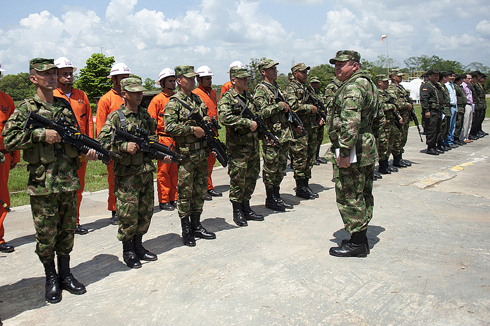
ISTANBUL – Conflict in the Middle East threatens not only the security of many of its states, but also their continued existence. Syria, Iraq, Lebanon, and others, now gripped by sectarian fighting, risk fragmenting into ethnic sub-states, transforming a region whose political geography was drawn nearly a century ago.
Surveying the regional scene, Turkish Prime Minister Recep Tayyip Erdoğan has conceived of an audacious plan to enhance Turkey’s regional standing and extend his own political dominance at home. Facing the end of a self-imposed three-term limit as prime minister, he is intent on changing the Turkish constitution to introduce a presidential system – with himself on top as the first incumbent to wield much-enlarged power.




